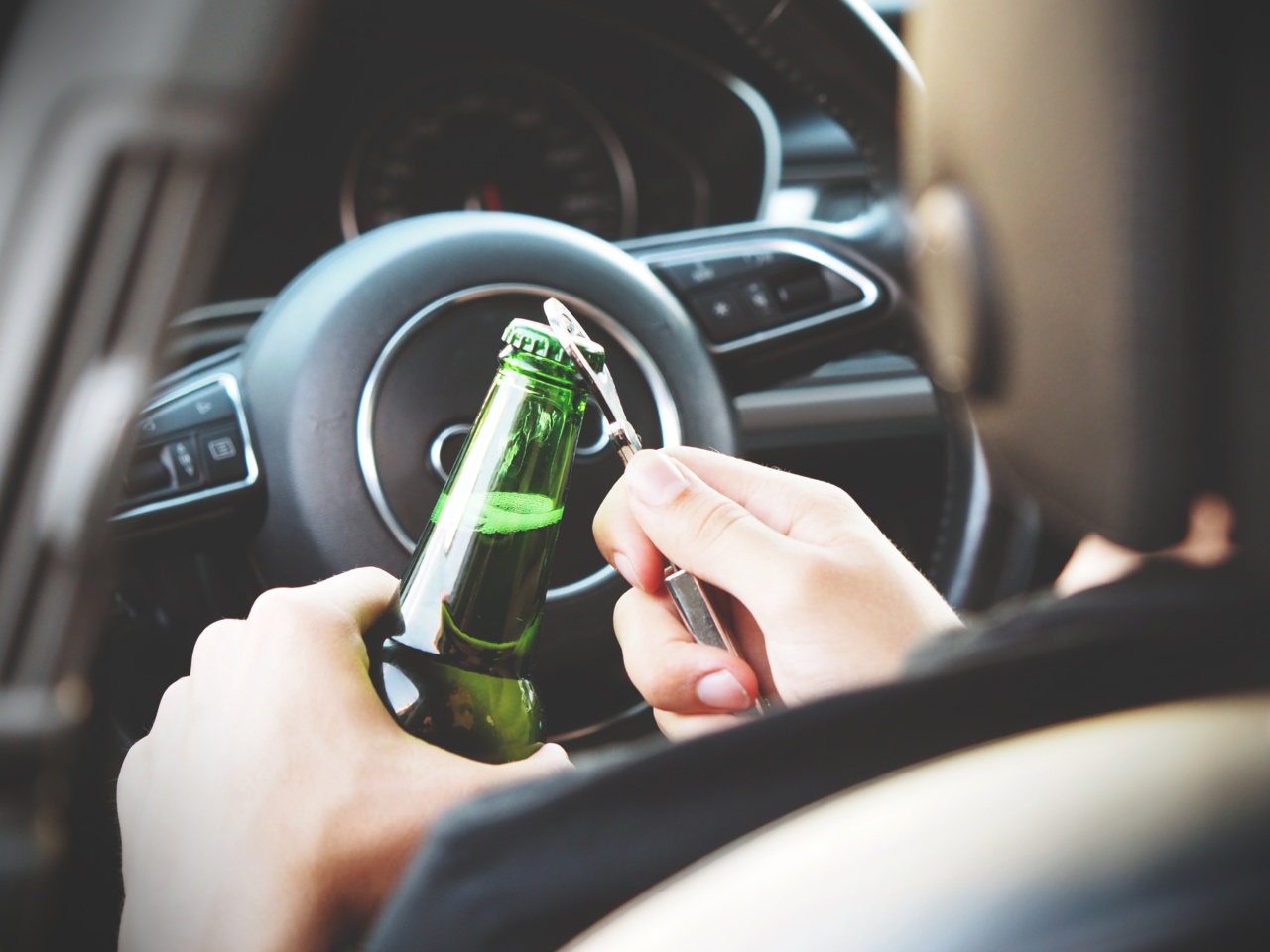Driving is an essential part of modern life. It is a convenient and efficient way to get from one place to another, but it can also be dangerous.
It is important to know the risks associated with driving so that you can take steps to avoid accidents and keep yourself and others safe on the road. Here are the top 30 dangerous driving facts you must know.
1. Distracted Driving
Distracted driving is one of the leading causes of accidents on the road. Any activity that diverts your attention from driving, such as talking on the phone, texting, or adjusting the radio, can be dangerous.
According to the National Highway Traffic Safety Administration (NHTSA), distracted driving claimed 2,841 lives in 2018 alone.
2. Alcohol-Impaired Driving
Drunk driving is another major cause of accidents on the road. According to the NHTSA, 28% of all traffic-related deaths in the United States involved alcohol-impaired driving in 2018.
3. Speeding
Excessive speeding is a common cause of accidents. In 2018, the NHTSA reported that 9,378 people died in speeding-related crashes.
4. Reckless Driving
Reckless driving, such as weaving in and out of traffic, tailgating, and failing to yield the right of way, is another common cause of accidents. According to the NHTSA, 10,511 people were killed in crashes involving reckless driving in 2018.
5. Fatigued Driving
Driving while tired can impair your ability to react quickly and make sound decisions. In fact, according to the Centers for Disease Control and Prevention (CDC), drowsy driving was responsible for 72,000 crashes and 44,000 injuries in 2013.
6. Teenage Drivers
Inexperience, distraction, and risk-taking behavior make teenage drivers more likely to be involved in accidents. According to the CDC, in 2018, 2,364 teens aged 16–19 were killed in motor vehicle accidents.
7. Poor Weather Conditions
Driving in poor weather conditions, such as heavy rain, snow, or ice, can make it more difficult to control your vehicle and avoid accidents.
8. Poor Road Conditions
Potholes, construction, and uneven pavement can make driving hazardous. According to a study by TRIP, a national transportation research group, rough roads are a significant factor in one-third of all traffic fatalities.
9. Tailgating
Following another vehicle too closely can be dangerous, especially at high speeds, as it reduces your ability to react to sudden changes in traffic.
10. Running Red Lights and Stop Signs
Ignoring traffic signals and failing to yield the right of way can cause accidents and lead to serious injuries or fatalities.
11. Aggressive Driving
Aggressive driving, such as honking excessively, gesturing, and tailgating, can lead to accidents and escalate into more dangerous situations.
12. Intoxicated Passengers
Intoxicated passengers can distract drivers and impair their ability to focus on the road.
13. Large Vehicles
Large vehicles, such as tractor-trailers and buses, are more difficult to maneuver and require longer stopping distances, which can increase the risk of accidents.
14. Medical Conditions
Medical conditions, such as seizures or heart attacks, can cause drivers to lose control of their vehicle and lead to accidents.
15. Driving Under the Influence of Drugs
Driving under the influence of drugs, including prescription medication, can impair a driver’s ability to react quickly and make sound decisions.
16. Road Rage
Road rage refers to aggressive behavior by a driver in response to perceived provocation from another driver. This can lead to dangerous situations and accidents.
17. Improper Lane Changing
Failing to signal or check blind spots before changing lanes can cause accidents and lead to serious injuries or fatalities.
18. Driver Inattention
Distracted driving, daydreaming, and other forms of driver inattention can increase the risk of accidents by reducing a driver’s ability to react quickly and make sound decisions.
19. Following Emergency Vehicles Too Closely
Following emergency vehicles too closely can put drivers and emergency personnel at risk and violate local laws.
20. Driving Under the Influence of Emotions
Strong emotions, such as anger or sadness, can impair a driver’s ability to react quickly and make sound decisions.
21. Ignoring Traffic Lights and Signs
Ignoring traffic lights and signs can cause accidents and lead to serious injuries or fatalities.
22. Traveling Too Fast for Conditions
Driving too fast for road and weather conditions can reduce a driver’s ability to control their vehicle and increase the risk of accidents.
23. Aggressively Overtaking Another Vehicle
Overtaking another vehicle aggressively, such as by weaving in and out of traffic, can be dangerous and lead to accidents.
24. Failure to Maintain Safe Following Distances
Failure to maintain a safe following distance can make it difficult to avoid accidents and can lead to serious injuries or fatalities.
25. Inadequate Vehicle Maintenance
Failure to maintain your vehicle, such as by ignoring warning signs or neglecting routine maintenance, can increase the risk of accidents.
26. Failure to Yield Right-of-Way
Ignoring traffic laws regarding right-of-way can cause accidents and lead to serious injuries or fatalities.
27. Vehicle Malfunctions
Vehicle malfunctions, such as brake or tire failure, can cause drivers to lose control of their vehicle and lead to accidents.
28. Unsecured Cargo
Unsecured cargo can fall onto the road and create hazards for other drivers.
29. Jaywalking
Jaywalking, or crossing the street outside of designated pedestrian areas, can be dangerous and lead to accidents.
30. Insufficient Driver Training
Insufficient or inadequate driver training can increase the risk of accidents by reducing a driver’s ability to react quickly and make sound decisions.































